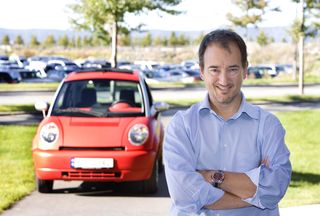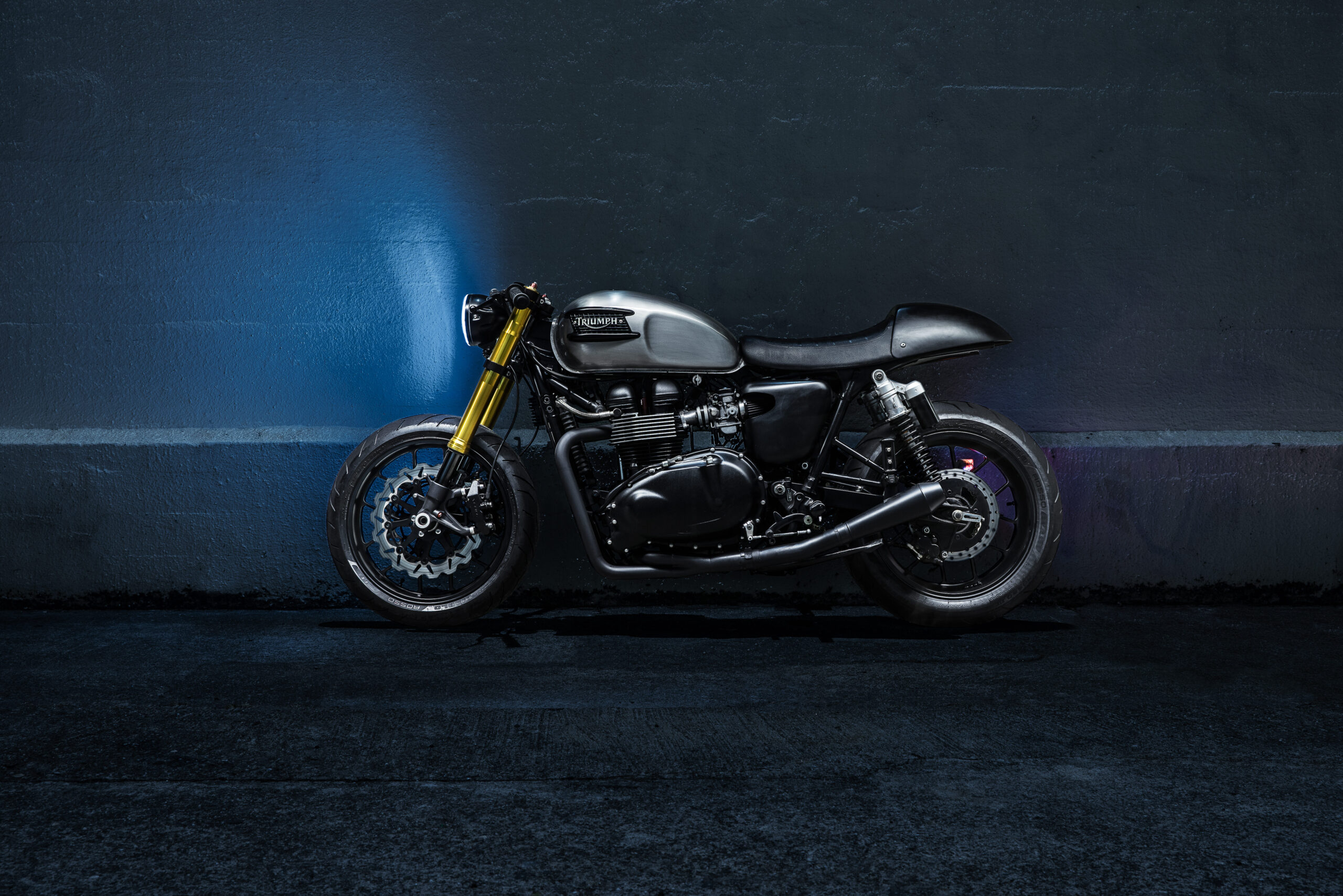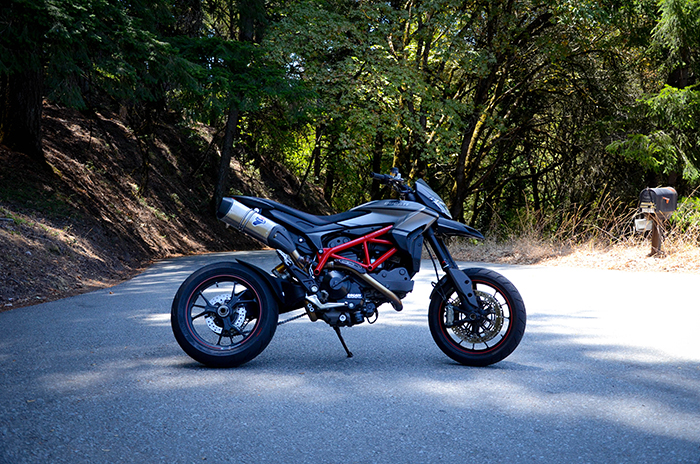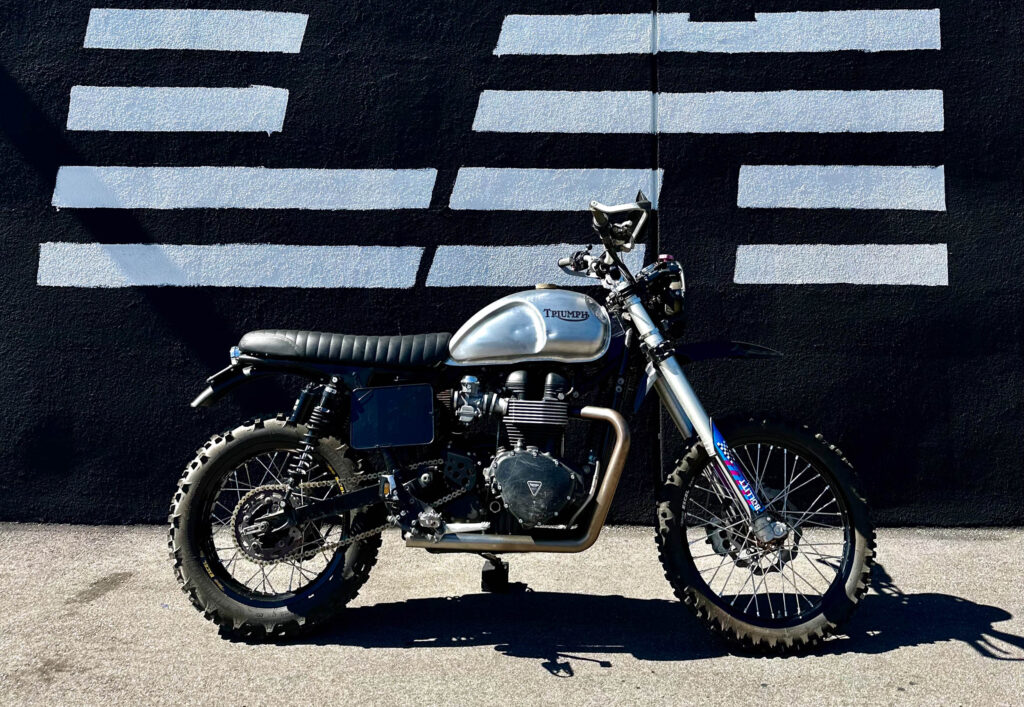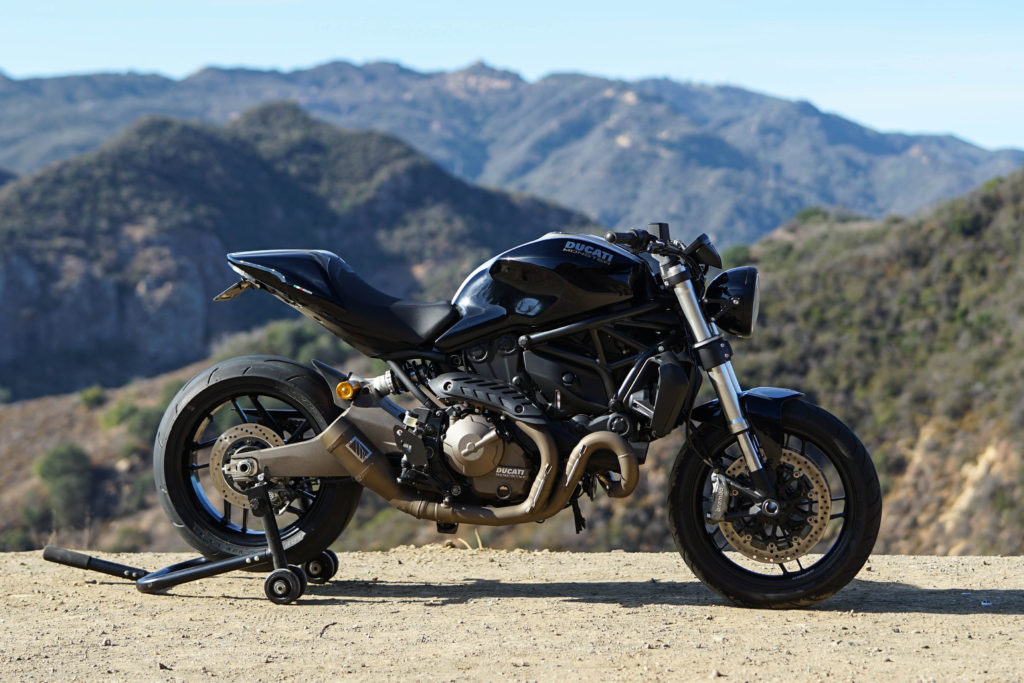Here’s an interesting article taken from LA Times with an interview from former Ducati North America CEO on the motorcycle industry.
________________________________________________________________
Michael Lock is something of a rock star in motorcycle circles. The former chief executive of Ducati North America grew the small Italian sportbike brand from a niche player in the U.S. market into a powerhouse synonymous with sleek and sporty sex appeal. Lock recently left to take over marketing duties for Think, a Norwegian EV maker that will soon start selling plug-in electric cars in the U.S., and stopped by The Times to chat about his new venture. I took the opportunity to also pick his brain about the U.S. motorcycle market, which continues to experience declining sales. Third quarter sales of motorcycles, released Wednesday, were down across all segments versus the same quarter last year.
Q: What’s happened to bikes in the U.S. market?
A: Speaking to some people in the industry last week, September was minus 39%, which was pretty tragic considering September last year was a disaster. So I know the trend is not upward and it’s not slowing down. The industry is still contracting at quite a pronounced rate.
Q: I think a lot of people are surprised that the industry continues to be so hard hit in a supposedly recovering economy. How would you characterize what’s going on?
A: The fall from grace of Harley-Davidson. It was going to happen in some form or another independent of the economic slowdown. Harley was bound to hit a demographic brick wall between 2005 and 2010 because they’d been so completely associated with baby boomers as a buying generation, but their buying power for motorcycles has peaked. Their 401ks and real estate values have been decimated. Harley is such a dominant volume force in the U.S. that it has a disproportionate effect on the market. A motorcycle is a status symbol. It’s a discretionary purchase. You buy it. You feel good about life. Where Harley goes in the U.S., the rest of the industry has to follow in many respects. The shadow Harley casts over the rest of the industry is undeniable and their age demographic issue along with general economic conditions was a perfect storm.
A: They derive a lot of income from sportbikes, and a completely different set of factors is affecting that. Yes, the sportbike rider is getting older every year, but it’s not like a cruiser. Sportbike riders are a decade or so younger, so the age demographic isn’t an issue there. But the U.S. motorcycle market is driven by consumer credit. No one saves up to buy a motorcycle. They sign up for a credit loan, and when the credit crunch came, many third-party lenders, who were never that happy with motorcycles in the first place because they’re a risky investment for the lender when the motorcycles disappear or crash, the lenders took the opportunity with the credit crunch to run for the hills. Credit scoring got tighter, interest rates went up and the amount dealers could earn on a loan all got squeezed. Sportbike riders are younger, have worse credit scores, shorter credit histories. They found it impossible to borrow money at a reasonable rate. That’s more true for the Japanese brands than the Europeans. After Harley-Davidson, it’s the Japanese that supply most volume for the market, so you’ve got a separate problem.
Q: It’s like everything that could possibly go wrong has, and it’s ganged up on nearly every aspect of motorcycling.
A: And then you’ve got quite an interesting phenomenon which is very American which is multiple bike ownership. Very few motorcyclists in the U.S. own one bike. They own a portfolio. If you own three or four bikes, it’s easy to take a year or two off from buying one. You enjoy yourself with what you’ve got. Technology has slowed down in the last four or five years in motorcycles. It gets to a point where you have 200 horsepower. How much faster does it need to be? So the urgency to go back to the showroom to get the latest, greatest new model has declined.
Q: And the Europeans -– Ducati, BMW, Triumph?
A: The niche European players have all weathered the storm better, but they’re so small and so niche that they can’t turn the business around themselves. They don’t have a very significant effect in this kind of economy.
Q: No one has a crystal ball here, but I suspect yours is better than mine. What will it take to bring the industry back?
A: In the U.S., where motorcycling is almost entirely a leisure pursuit, consumer confidence is absolutely essential. If the consumer feels they’re going to still have a job in 6 or 12 months and they’re on top of their mortgage, if they feel confident, you can get them back to the showroom to buy a motorcycle. But that’s patently not the case at the moment. The one thing I do fear is that if this recession goes on for another 12 or 18 months, there’s a great likelihood baby boomers are not coming back, certainly not in the numbers we’re used to. If you look at where the motorcycle market has contracted the most, it’s California, which grew exponentially over the last 10 years, but look at real estate in California. California is taking a hiding in motorcycle sales this year, so there’s no coincidence there.
Q: Will manufacturers just go out of business?
A: There’s no doubt there’s going to be consolidation. The Japanese have pulled back on product development. There’s almost no new bikes this year and there will be few next year. There’s consolidation at the manufacturer level and at the retail level.
Q: When does the industry hit bottom?
A: We’re now at industry levels of sales below what they were 10 years ago, and 10 years ago the motorcycle industry looked a lot different than it does today. I think we’re heading for sales levels back to the early to mid ’90s, which was really the modern low point. When I brought Triumph back here in 1994, we had a first-year sales target to sell 1,000 motorcycles. That was a big deal. And we did it. We sold 1,000, but we had to fight for our life to do that. I remember looking up at Ducati selling 1,800 motorcycles. Even the European brands had gotten used to 10,000 sales a year in the U.S. You see what those brands do, the traveling road show that BMW puts on and the events Ducati does. They’re serious budget promotions on sales of 10,000 premium priced bikes, but on sales of 5,000? None of it makes sense. The challenge for the industry is how do you justify $15,000 motorcycles no one needs if you’re not able to put on the sizzle factor? If you don’t put on the show, you can’t justify people buying the product. If they can’t justify buying it, they don’t, in which case the market doesn’t recover. You’re selling something no one needs. You have to create desire — the whole mental, intellectual and emotional interface of “I’ve got to have it” and that is largely driven by technology but also the imagery surrounding it and the promotion of racing and all of that. If all of the hatches are battened down in order to survive, it becomes self-fulfilling. You never recover because you’re not just selling a product. You’re selling the whole lifestyle. Motorcycle manufacturers will need to sell the experience more, and not just the new technology and colors.
Q: And the bottom is?
A: If we’re still looking at month-on-month sales numbers still declining in healthy double digits, that would indicate we’re not at the bottom yet. I remember a year ago, it was minus 30%-40% each month, and if it’s still minus 30% now, then it seems to me that the downward trajectory is pretty strong. It looks to me on the current trend that 2011 from a volume point of view is still pretty tough. It could be another down year.
Q: OK. Where’s the switchblade? This is all pretty depressing.
A: I don’t think it’s terminal. Motorcycles are just too much fun. It’s just such a liberation from normal life. You can make all the rational arguments about safety and cost and resale value, but there’s still that voice in the back of your head saying you’ve got to do it. Motorcycling won’t die, but it has to be substantially restructured. A lot of the fluff marketing has to go away. Maybe motorcycling has to go back to being a simpler pursuit rather than the whole posing thing and all the race replicas. It has to go back to being a simpler pleasure.
— Susan Carpenter, 10/21/10

